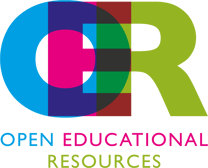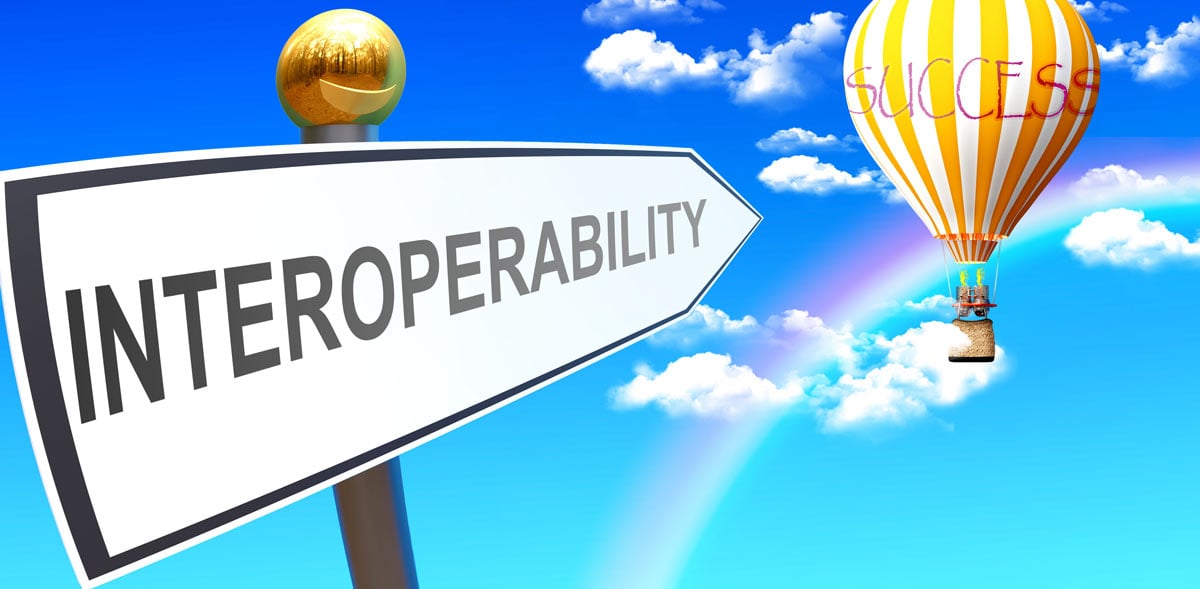If most publishing companies have previously shown some skepticism towards OER (open educational resources), the largest educational publishers have made the first step and launched their first OER product.
Cengage is among those publishers who carry on its digital development by launching in 2017 OpenNow. OpenNow is a suite of digital products of general education and open educational resources (OER). Its offer starts from 25 dollars/student per course and it makes a vast catalog of academic books available on a digital platform.
Trend Towards Open Educational Resources and Publishing OER
How can this new model be effective, profitable, and sustainable in the education sector? To what extent can the evolution of OER be a threat for educational publishers?
There is no doubt that OER are a revolution both within the academic body and students. In OER inception, it was lauched at Stanford University with its OLI (Open Learning Initiative) who innovates in 2002 this new material of knowledge and learning. The growing popularity lies in the affordability, the accessibility and the many available resources. Additionally, OER resources are available online only which has a tremendous effect on book costs.
OER movement whose main purpose is providing knowledge have experienced significant development through funding from universities and private foundations (e.g OpenStax run by Rice University and partially funded by Bill and Melinda Gates Foundation). Indeed, Knewton is another example of a publisher embracing OER. Founded in 2008, they currently collaborates with many big publishers, such as Pearson, by delivering a fast & effective solution for students and teachers. They recently signed a partnership with OpenStax to aim and offer instructors and students a personalized learning and “improving access to higher education for all is the core of our mission, which requires reducing the cost of learning materials” said Richard Baraniuk, founder and director of OpenStax.
However, textbook editors are in full digital reconstruction of their strategy to meet the demand and competition. This allows to publishers to use a quality OER product of quality which was happens much more often then before.
Whether by creating their own platform (OpenNow Cengage) or by partnering with digital solution providers (eg. Knewton), the attractiveness of the price remains the major driver of this innovation. Indeed, students will limit their "colossal" expenses in the purchase of textbooks and can thus have access to a wide range resources with an affordable price.
It is a fact that textbook industry is currently “broke” reported Ethan Senack (policy manager at Creative Commons USA), and developing new solutions of OER will “help publishers recover lost market share”.
Last but not least, gambling on whether in 5 or 10 years the world’s leading publishers won’t produce anymore paper textbooks and concentrate their expertise in OER, will remain an unverified assumption. It’s too early to know. Nevertheless, textbook editors are seeking to improve and to adapt their content taking into account many factors such as price, efficiency, profitability in a long-term basis. Senack confirms that “publishers are looking for ways to respond to consumer concerns”.
What is certain is that the implementation of the new tools and new methods in higher education can be considered in an experimental phase but contributing to the future digital transformation in this field. This is why Gutenberg Technology SaaS platform can easily ingest OER resources to produce any kind of digital products.
The road is long, but in digital era, nothing is guaranteed to belong as we planned …
We will be watching this trend OER modeling in education, subscribe to our newsletter to read more about the new concept that will revolutionize the market.

.png)





Leave a comment